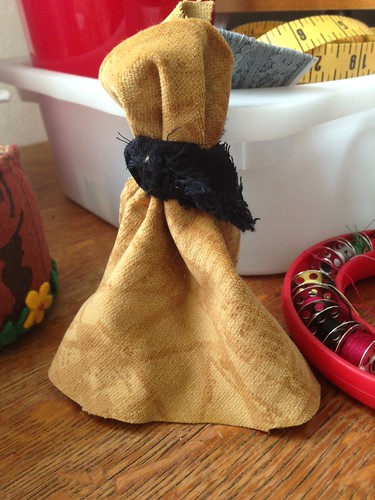This is a great project off to a great start. Stage One has been completed with much community help and the kids have been having a blast exploring it.This is an under used area at a progressive private school (grades K-8). K and 1st grade teachers have requested this area be transformed in to Create with Nature and natural playscape area.After meetings with the teachers and Landscape Committee I came up with a fun plan that can be completed in various stages as budget become available Teacher Requests- Largish circle of stumps (in combo w/ plants) to enclose the Create With Nature Zone- Create ‘Storage Library’ for loose parts and tools - organized baskets of materials- Ability to take over that whole space - involves moving nursery area- Moving the mulch pile over- Barriers to keep kids out of parking area and out from under delicate oaks- Incorporation of other play elements -- Water, Playhouse, Interesting plants, PathwaysZones- Create with Nature Zone - Enclosed by plants and stumps, inside are some movable stumps and some larger immovable stumps to build on- Loose Parts Library - Includes wicker baskets, wine crates or other containers with well organized loose parts- Mulch Mountain - Large persistent pile of mulch to be replaced as it breaks down or is used elsewhere- River Bed - Includes child friendly hand pump to access water, water flows into basins or sluice and down into dry river bed w/ bridge for crossing- Pathways - Mulch pathways, include two clear entrances, pavers under oaks through plantings, pavers for a curvy path leading to living willow tunnel- Barriers - Natural fencing (willow or branches) along parking area, low mosaic seating wall at south edge, under oak plantings- Playhouse - Small 3 sided playhouse made from natural materials - willow or branchesStage 1 - Oct 6th - Main goal is to build Create with Nature Zone and Library of loose parts.Stump circle - Arrange and dig stumps as we have into largish area surrounding treeLibrary - Low, kid accessible shelves for storing baskets of loose partsLoose parts - Tree cookies, tree blocks, smooth river stones, twigs, pinecones, bamboo pieces, interesting seed pods, any interesting plant materialTools - Small brooms, rakes, trowels[metaslider id=746]Next Stages:Stage 2: move mulch pile, create fencing along parking area, build willow/branch playhouseStage 3: plantings and pathwaysStage 4: incorporate water, boulders, watercourse and bridgeStage 5: K and 1st students create mosaic tiles, organize community mosaic buildAlso viewable on my Projects page!
Teacher Requests- Largish circle of stumps (in combo w/ plants) to enclose the Create With Nature Zone- Create ‘Storage Library’ for loose parts and tools - organized baskets of materials- Ability to take over that whole space - involves moving nursery area- Moving the mulch pile over- Barriers to keep kids out of parking area and out from under delicate oaks- Incorporation of other play elements -- Water, Playhouse, Interesting plants, PathwaysZones- Create with Nature Zone - Enclosed by plants and stumps, inside are some movable stumps and some larger immovable stumps to build on- Loose Parts Library - Includes wicker baskets, wine crates or other containers with well organized loose parts- Mulch Mountain - Large persistent pile of mulch to be replaced as it breaks down or is used elsewhere- River Bed - Includes child friendly hand pump to access water, water flows into basins or sluice and down into dry river bed w/ bridge for crossing- Pathways - Mulch pathways, include two clear entrances, pavers under oaks through plantings, pavers for a curvy path leading to living willow tunnel- Barriers - Natural fencing (willow or branches) along parking area, low mosaic seating wall at south edge, under oak plantings- Playhouse - Small 3 sided playhouse made from natural materials - willow or branchesStage 1 - Oct 6th - Main goal is to build Create with Nature Zone and Library of loose parts.Stump circle - Arrange and dig stumps as we have into largish area surrounding treeLibrary - Low, kid accessible shelves for storing baskets of loose partsLoose parts - Tree cookies, tree blocks, smooth river stones, twigs, pinecones, bamboo pieces, interesting seed pods, any interesting plant materialTools - Small brooms, rakes, trowels[metaslider id=746]Next Stages:Stage 2: move mulch pile, create fencing along parking area, build willow/branch playhouseStage 3: plantings and pathwaysStage 4: incorporate water, boulders, watercourse and bridgeStage 5: K and 1st students create mosaic tiles, organize community mosaic buildAlso viewable on my Projects page!



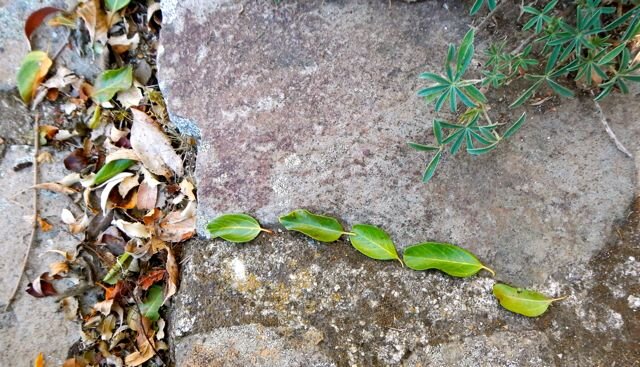

 Lagurus ovatus, or bunnytail, in my yard last Spring.Lagurus ovatus is highly adorable. I had it planted in a couple of containers this summer, including this old colander. Most the kids who visited my yard made a beeline for it and spent some time petting it.I like this in containers and used as a border. It self sows though, so if you don't want to see it in the next year you can trim the seed heads before they dry and blow all over the place. If you do want to see them next year let the seeds dry and then collect them.How do you store seeds?I often use old pharmacy medicine bottles.
Lagurus ovatus, or bunnytail, in my yard last Spring.Lagurus ovatus is highly adorable. I had it planted in a couple of containers this summer, including this old colander. Most the kids who visited my yard made a beeline for it and spent some time petting it.I like this in containers and used as a border. It self sows though, so if you don't want to see it in the next year you can trim the seed heads before they dry and blow all over the place. If you do want to see them next year let the seeds dry and then collect them.How do you store seeds?I often use old pharmacy medicine bottles.


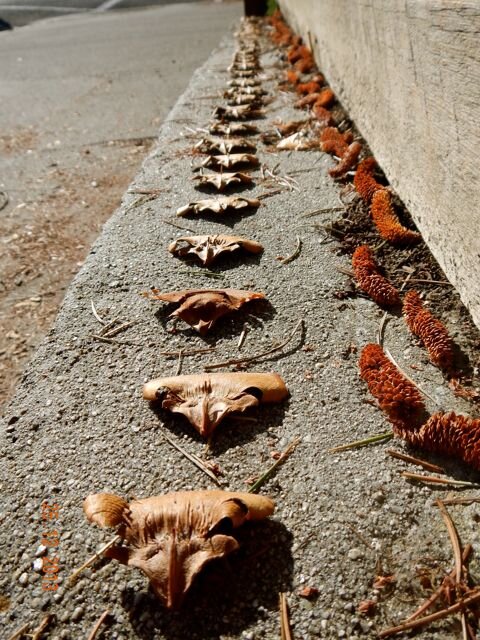

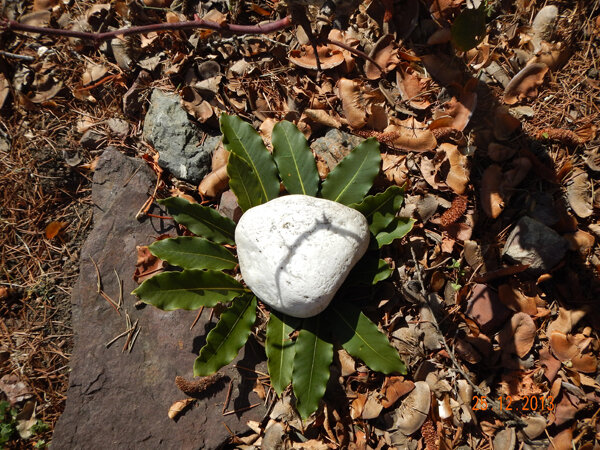
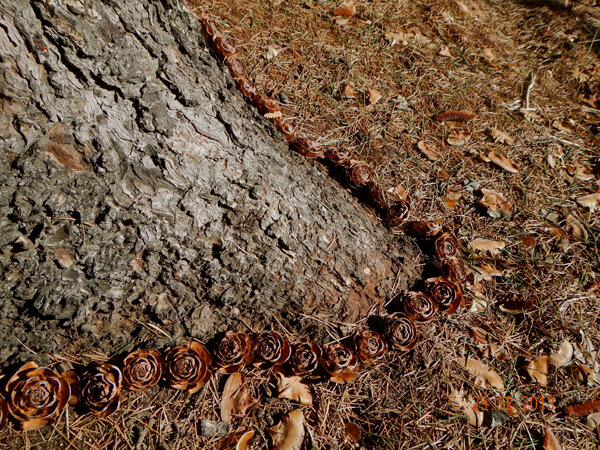
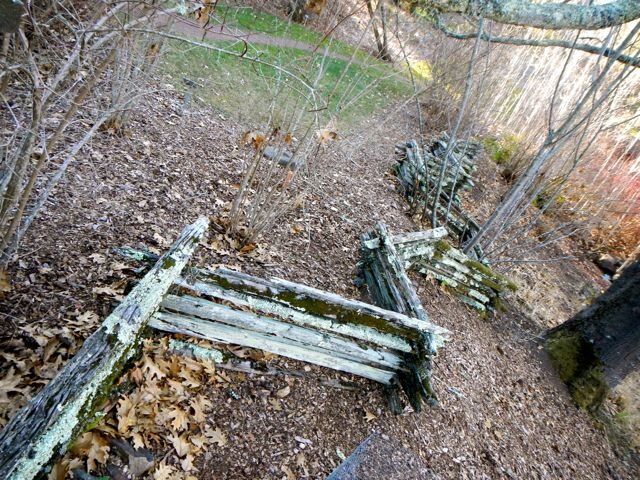
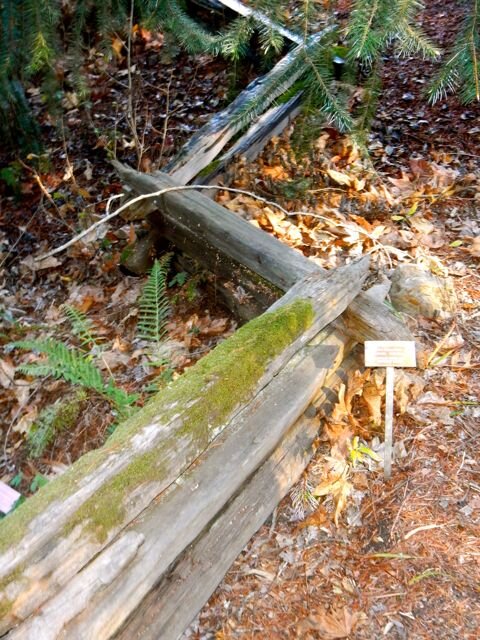







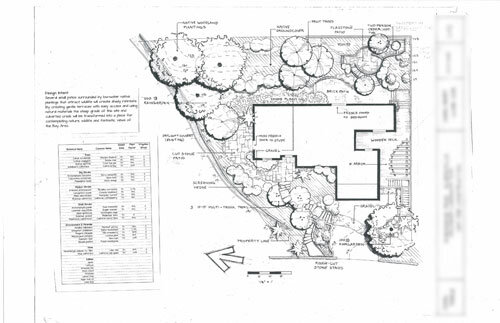
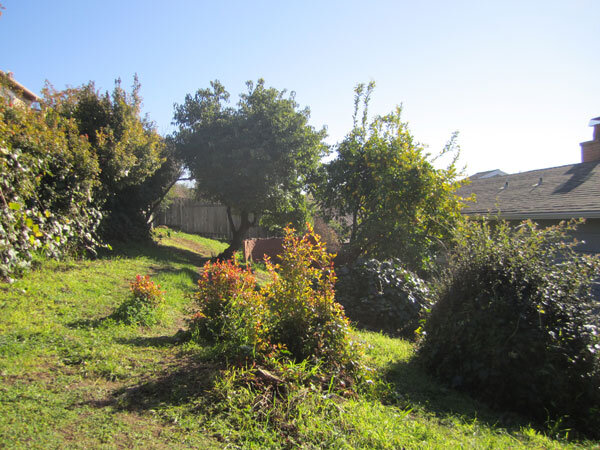
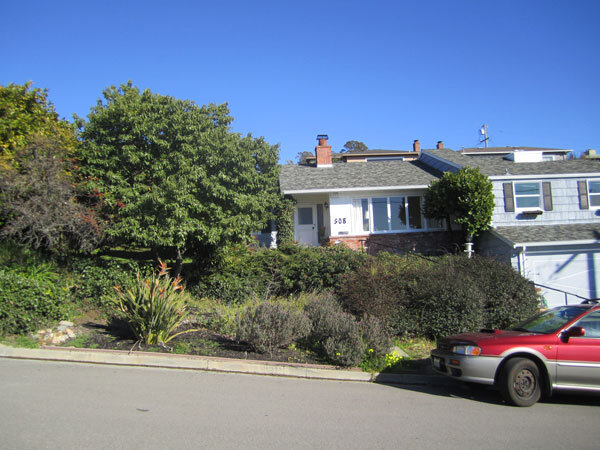

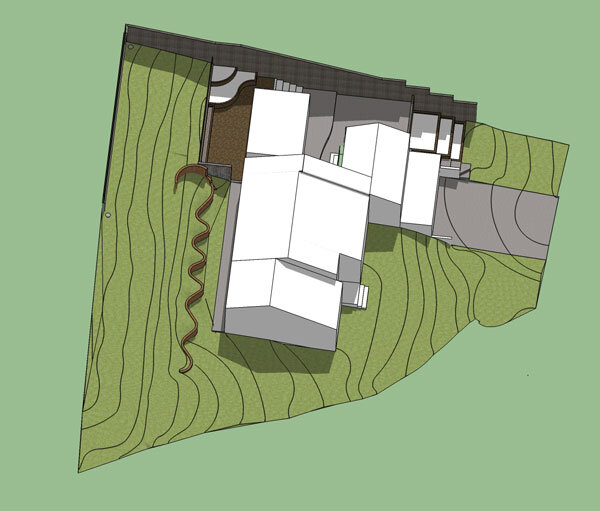
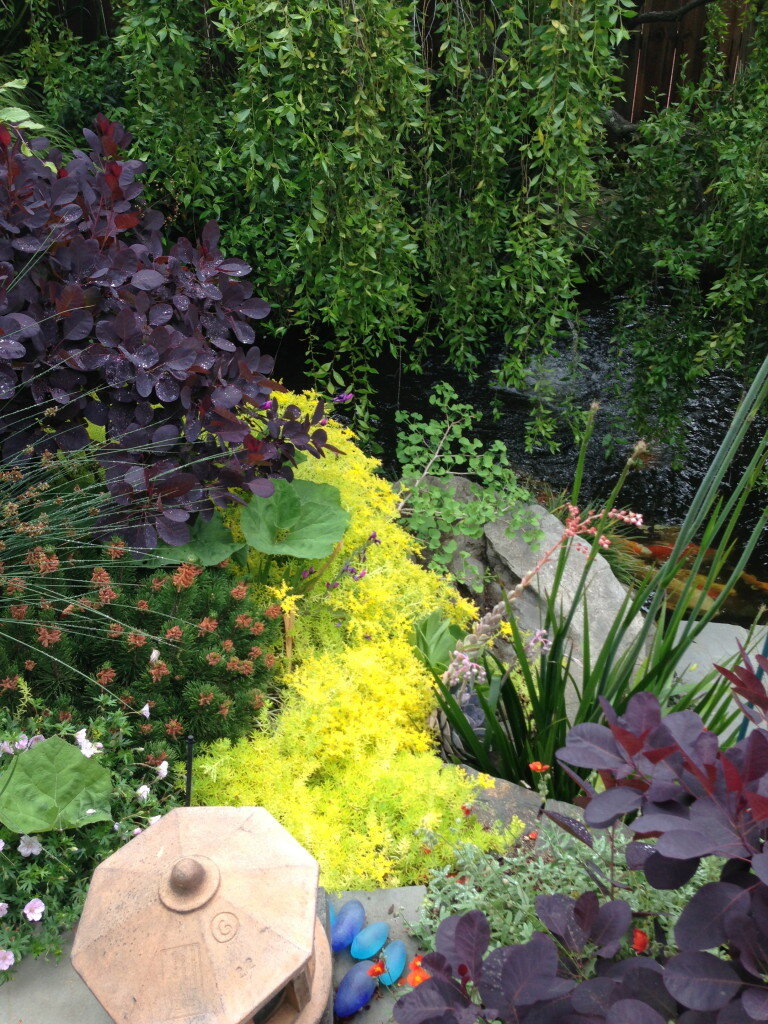
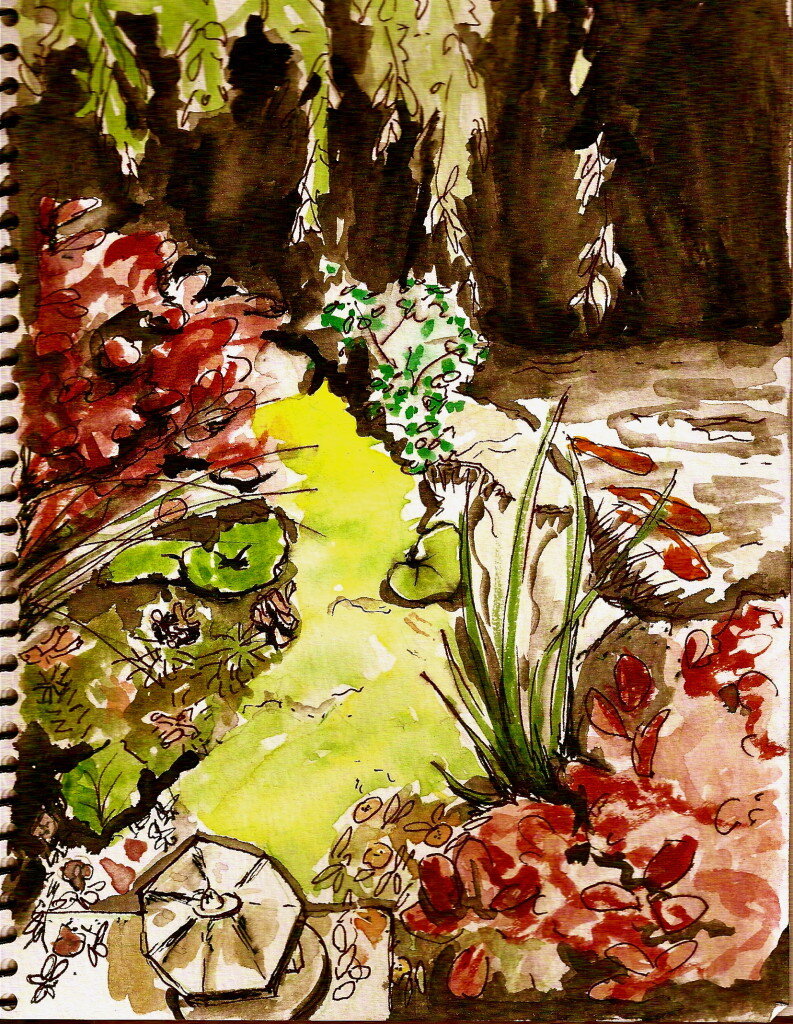
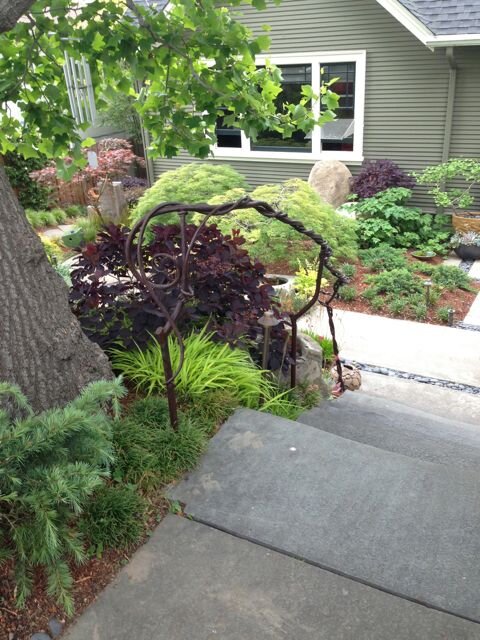
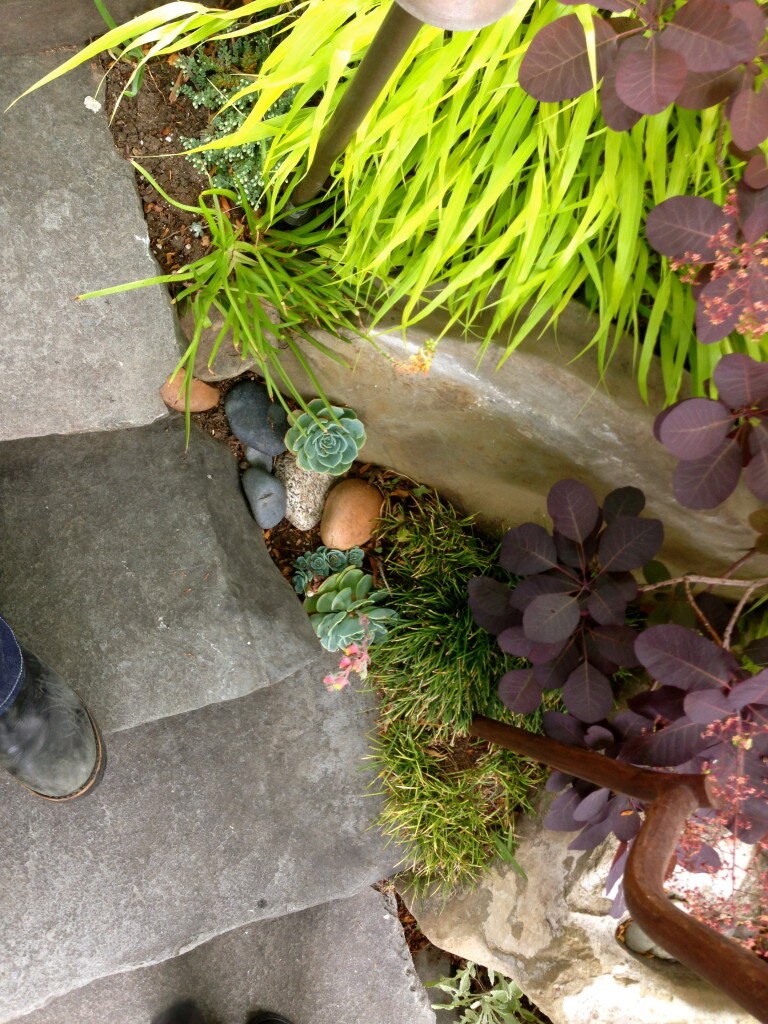
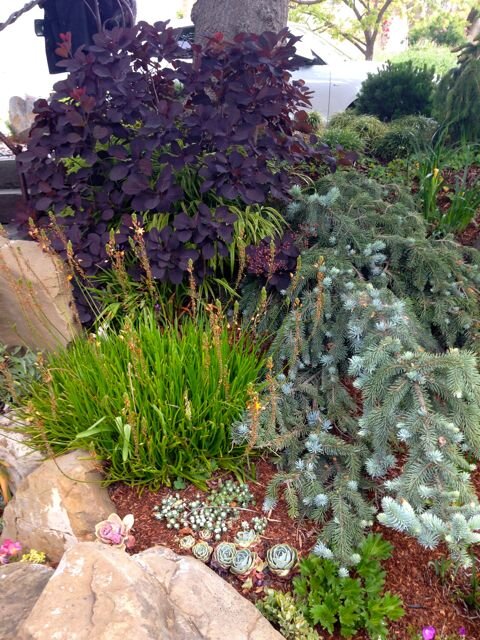
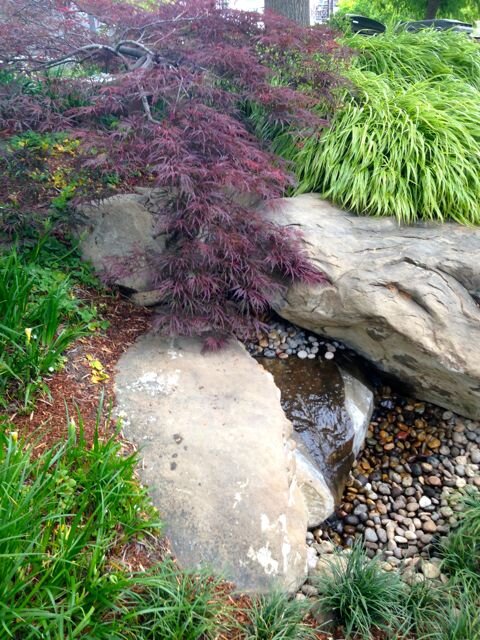

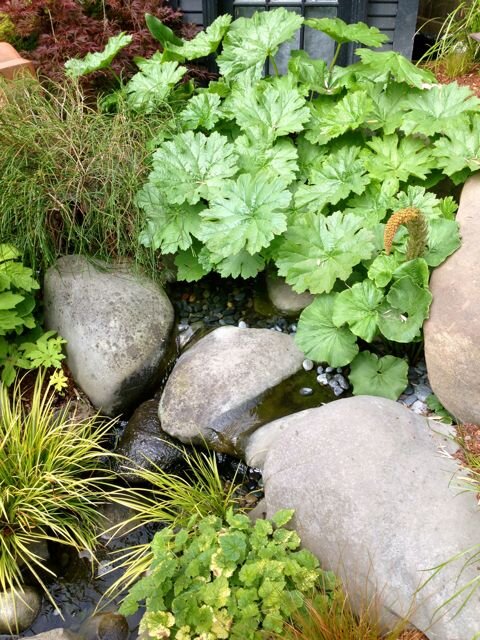


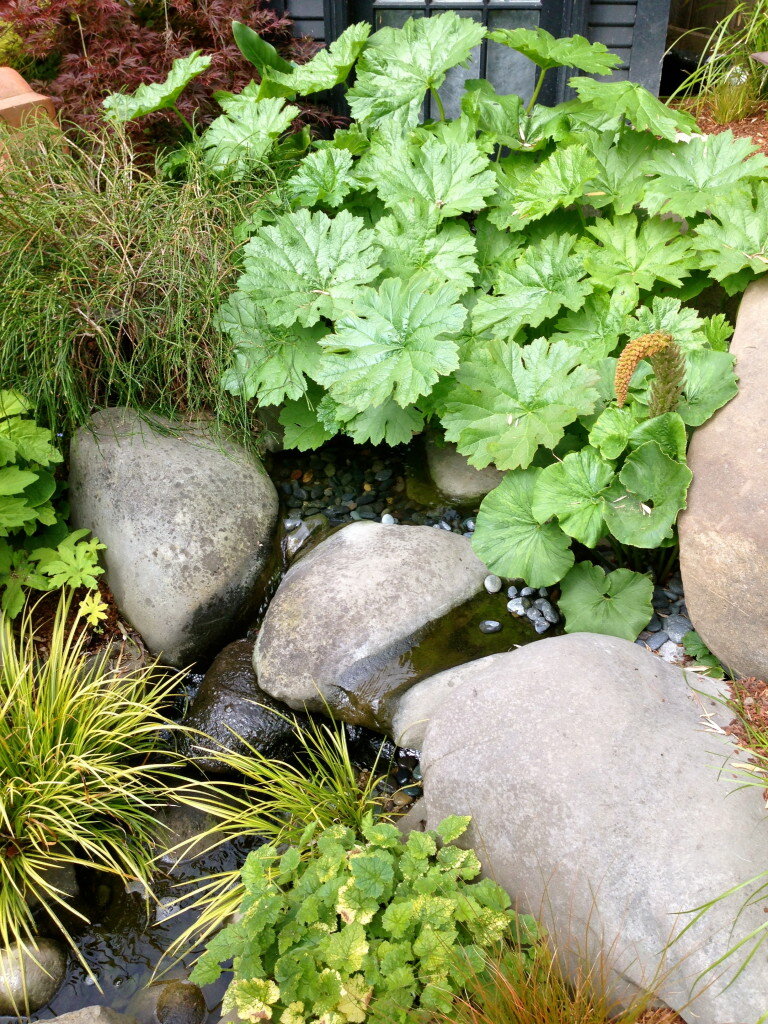
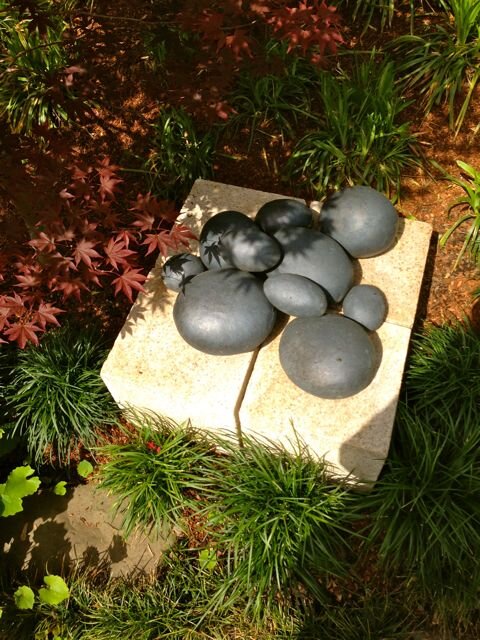

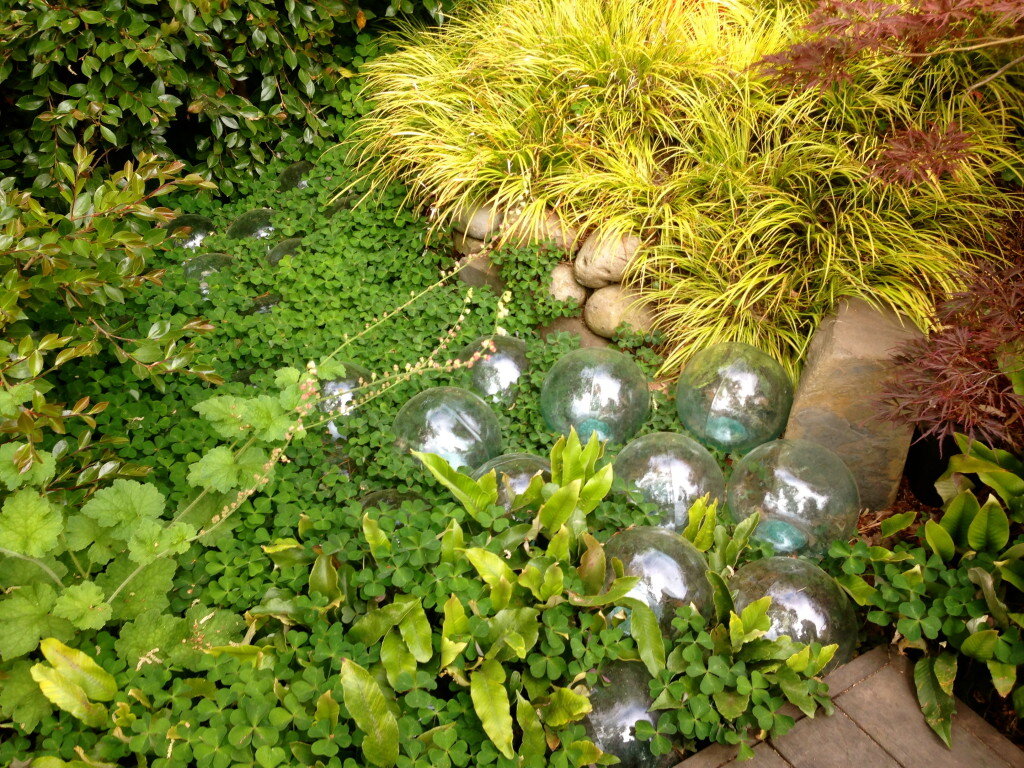
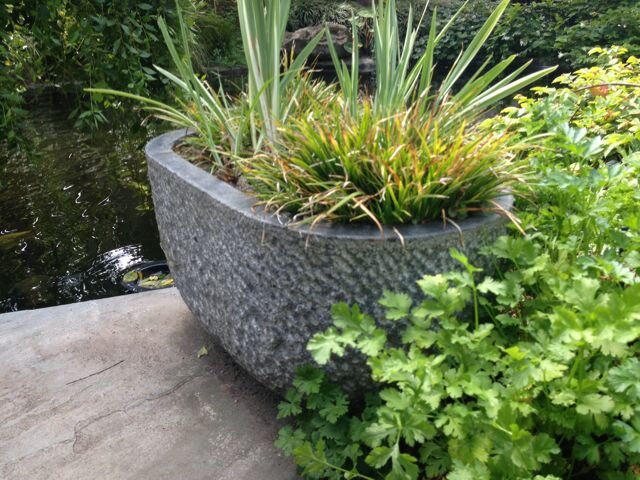


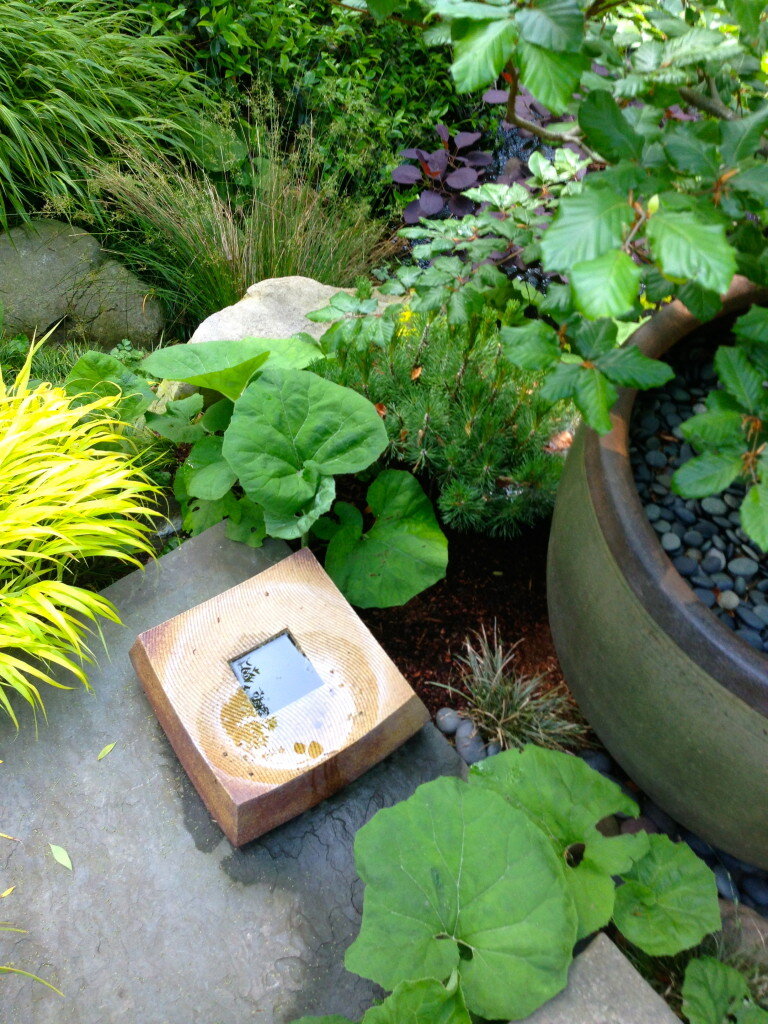
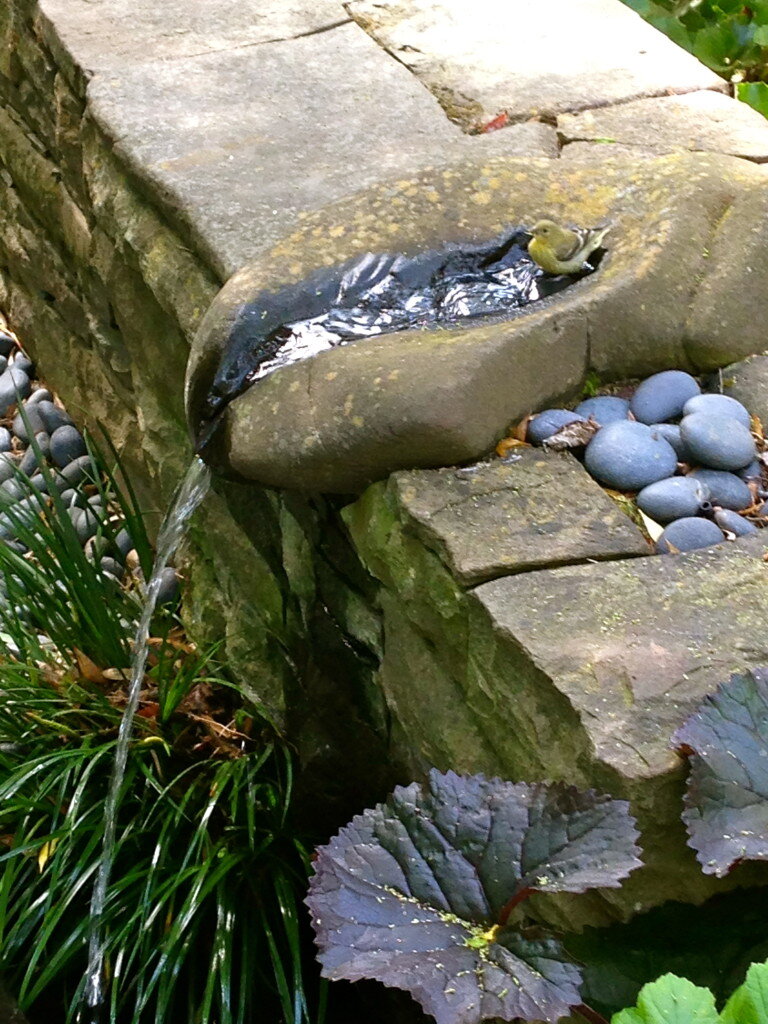

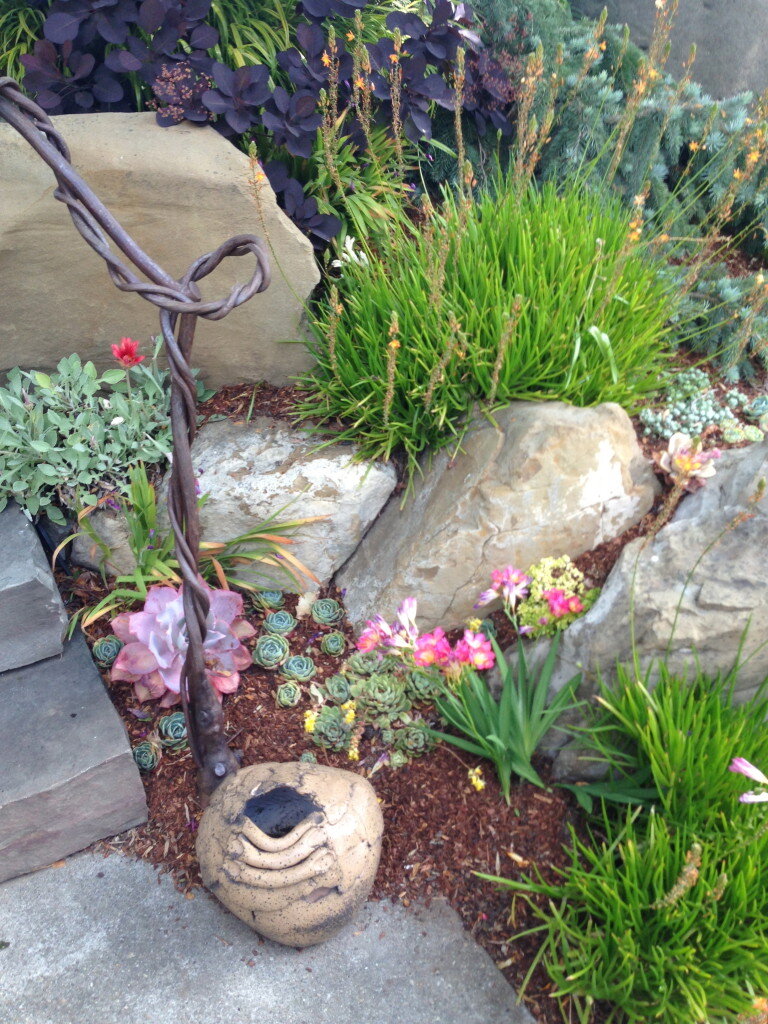
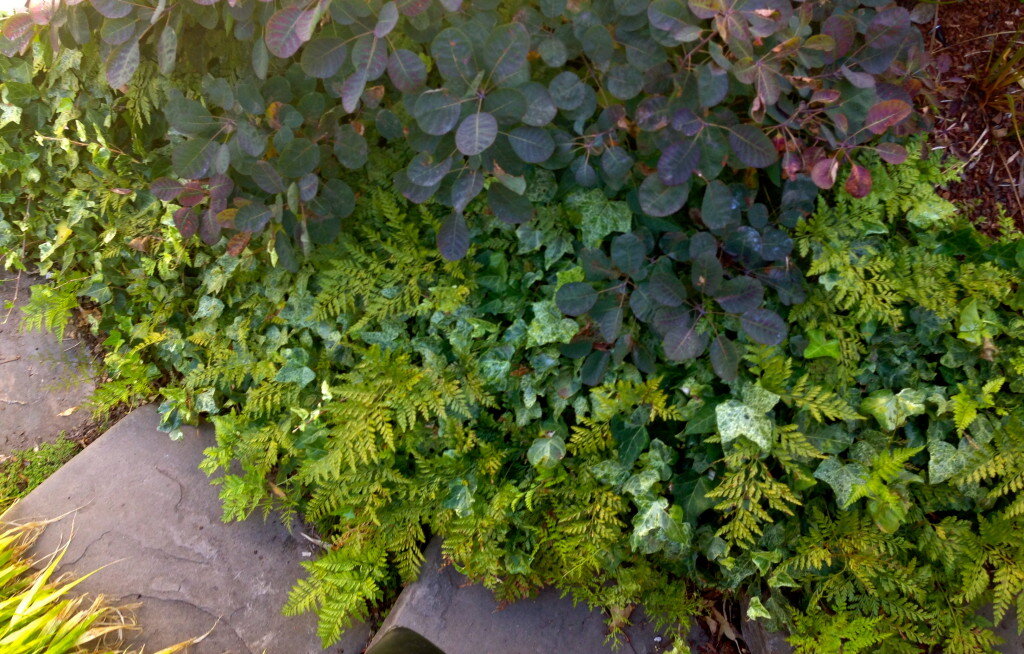

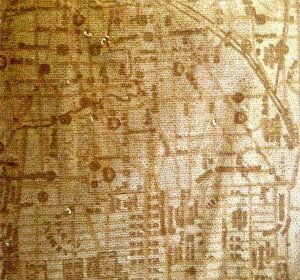
 to whip it up into a fluffy little party dress. Crinolines! Will be needed! OH YES!
to whip it up into a fluffy little party dress. Crinolines! Will be needed! OH YES!